People use synthetic hair for a number of reasons. It's used as extensions to provide length, as filler to conceal bald spots or in weaves to give hair more body. Synthetic hair is made from a variety of different materials and often includes some portion of real human hair to give it a more natural look.
Toyokalon
Toyokalon is a synthetic fiber made in China that is highly heat resistant so that it can easily be styled.
Kanekalon
Kanekalon is another Asian fiber material that is commonly used to make synthetic hair. It is versatile and holds braids and styles well. It is lighter than most synthetic fiber.
Monofilament
Monofilament, or monofiber, is a high quality woven linen material used to make hairpieces. It is typically used in permanent weaves and is very durable.
Polyester
Single filament polyester is a petroleum-based fiber that is commonly used in less expensive synthetic hairpieces.
Silk
Synthetic hair is sometimes produced using silk. Silk hair is very soft but does not hold up as well as man-made materials.
Silicone
Silicone is a rubber-based material used in synthetic hair production. It holds color well and can be placed directly on the skin to look more natural.
Related Articles

Types of Synthetic Hair

Synthetic Hair Vs. Kanekalon Hair
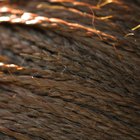
How to Braid Yaki Kanekalon Hair
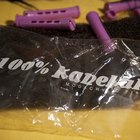
How to Curl Kanekalon

The Best Kinds of Synthetic, ...
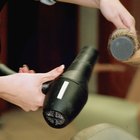
What Is a Rat Hair Piece?
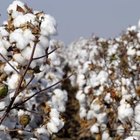
Types of Cotton Fabric

Chi Silk Infusion Ingredients

Types of Hair Used in Quick Weaves

What Is Glycerine Used For?

Can Supplements Reverse Gray Hair?
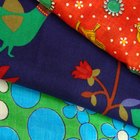
What Is Arnel Vintage Material Fabric?
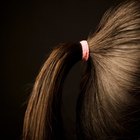
How to Put in a Drawstring Ponytail

Ingredients in Hairfinity Vitamins
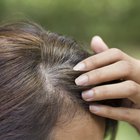
What is Hair Composed of?

What Is a Capless Wig?

Types of Indian Fabric
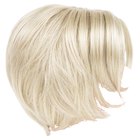
How to Get Static Out of a Synthetic Wig
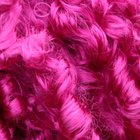
How to Make a Straight Wig Curly

Wavy Perm Hairstyles
Writer Bio
Linda Ray is an award-winning journalist with more than 20 years reporting experience. She's covered business for newspapers and magazines, including the "Greenville News," "Success Magazine" and "American City Business Journals." Ray holds a journalism degree and teaches writing, career development and an FDIC course called "Money Smart."